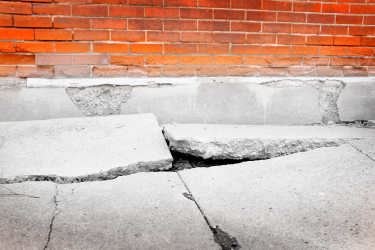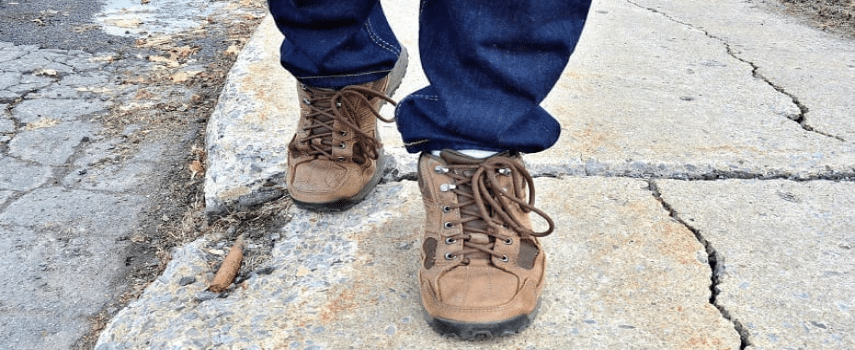A sidewalk trip and fall attorney must use everything at their disposal to fully investigate a case. In the case that we explore in this article, the attorney tried to enter a map of where the plaintiff fell. This seemingly simple act resulted in an appeal of the case.
The Facts of the Case
A woman sustained injures when she tripped and fell on a raised and uneven portion of sidewalk in Brooklyn. She subsequently hired a sidewalk trip and fall attorney. The injured woman filed a suit against the City of New York to recover damages for injuries. The woman argued that the City knew about the defect. They knew because it was marked on a map provided by a sidewalk protection institution. This institution maps the sidewalks of New York City for defects capable of causing personal injury.
The Trial Court Rules Against The Sidewalk Trip and Fall Attorney
Prior to trial, the lower court granted defendant’s motion in limine. The motion was to preclude admission of the map through the testimony of a former director of sidewalk protection institution. They also called a former director of the prior notification unit of the city’s department of transportation. The lower court also denied the the sidewalk trip and fall attorney’s application to qualify a former director of sidewalk protection institution as an expert in the matter of such maps. Subsequently, the City moved for judgment as a matter of law. They moved on the ground that plaintiff failed to establish, that defendant had prior written notice of the alleged sidewalk defect. The lower court granted the motion and entered judgment in favor of defendant, dismissing the complaint. Plaintiff appealed.
On appeal, the Second Department reversed the lower court’s decision. They held that that the lower erred in denying sidewalk trip and fall attorney’s application. They also held that that the map was relevant.
The Appeal

The Second Department explained that defendant’s duty of care over municipal streets and sidewalks is limited only to those defects or hazardous conditions which its officials have been notified exist at a specified location.
It further held that a written notice of a defect is a condition precedent. This means the sidewalk trip and fall attorney must plead and prove it.
In its reasoning, the Court applied the rule that maps prepared by this sidewalk protection institution and filed with the prior notification unit of the city’s department of transportation. The Second Department also clarified that the sidewalk trip and fall attorney did not seek to admit the map to prove that the map accurately depicted the claimed sidewalk defect.
According to the Court, plaintiff intended to admit it for the non-hearsay purpose of establishing that defendant had notice of the alleged defect at least 15 days prior to the injured plaintiff’s accident, as required by the law. Since the map did not constitute hearsay, plaintiff was not required to establish that the map satisfied the requirements of the business records exception to the hearsay rule.
Moreover, the Second Department held that the lower court also erred in denying the plaintiff’s application. Specifically to qualify a former director of sidewalk protection institution as an expert in the maps created by the institution. It reasoned that the former director possessed the requisite “skill, training, education, knowledge or experience.” Accordingly, the Court reversed the decision of the lower court and remanded the case for trial.




